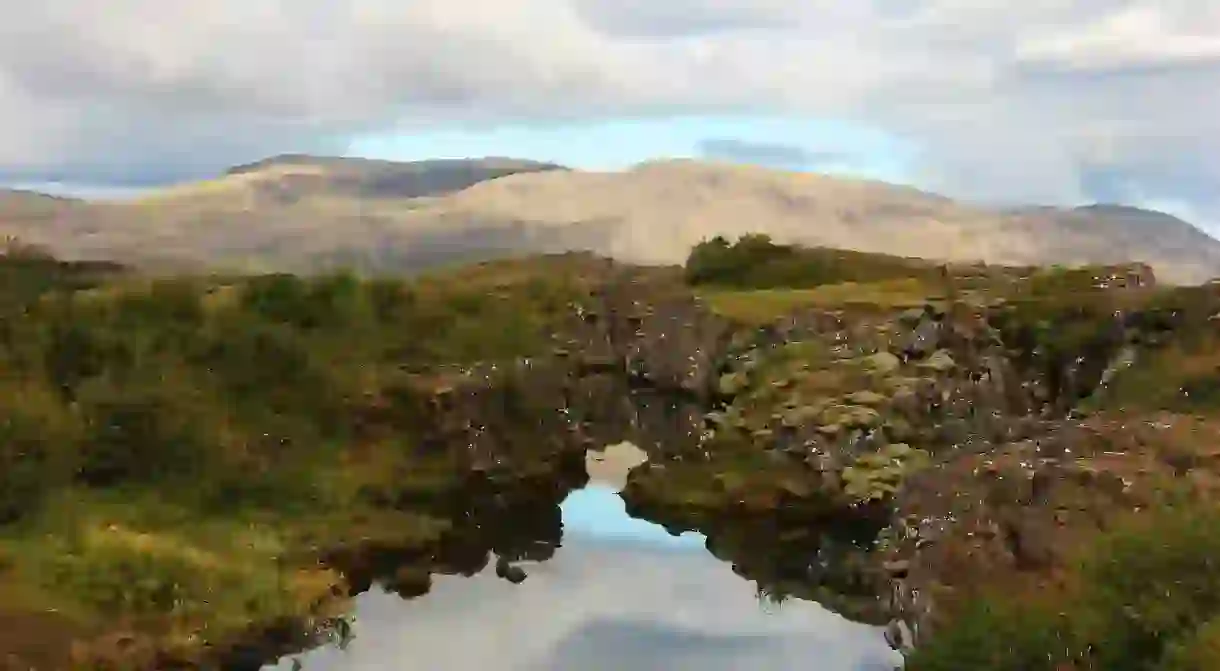All the Ways to Go Off the Grid in Iceland

Iceland offers many opportunities to get off the grid. In some way, anywhere you travel outside of the main capital of Reykjavik is getting ‘off the grid.’ Outside of Reykjavik, the towns in Iceland are quite small. There are many great places to really disconnect from the hustle and bustle, however, where all you can hear is the howling wind in winter or the birds in the Icelandic summertime.

Þingvellir National Park
Located under an hour’s drive from Reykjavik, Þingvellir is the perfect place to go if you don’t have much time but still want an immersive experience in the Icelandic landscape. This gorgeous park is iconic in Iceland’s cultural and environmental identity and features moss-covered lava rocks and places to camp along Þingvellir lake.

Snæfelsnes Peninsula
This peninsula is located on the west coast, just a few hours north of Reykjavik. As though a little capsule in which time will always move a bit slower and memories of the good old days will come to mind, this sleepy little village offers a feeling of timelessness. With not many people, no traffic, and one festival per year (a Danish festival in late August), Stykkishólmur remains on its own time.

Flatey Island
When visiting the adorable town of Stykkishólmur on the Snæfelsnes peninsula, take the ferry Baldur to the barely-inhabited Flatey Island in Breiðafjörður Bay. This serene, idyllic place is great for bird watching, hiking, and generally being at peace. For those visiting during the summer, check in to Hotel Flatey—the only one on the island—and enjoy fresh seafood. The island has no car traffic, just bicycles and birdsong.

Traustholtshólmi, an Island on a River
A 57-hectare island named Traustholtshólmi is home to two people. Separated from the mainland by the glacial river Þjórsá, one of the most powerful bodies of water in the country, supplying Iceland with 80% of all electricity, it still does not provide electricity to this tiny island that sits on the river. Located on the southern coast, the only structure is a wooden cabin and a few accompanying outhouses and in the summer, a traditional Mongolian yurt which is open to tourists. Keep in mind, there is no running water and only a single solar panel for this ultimate off the grid experience.













